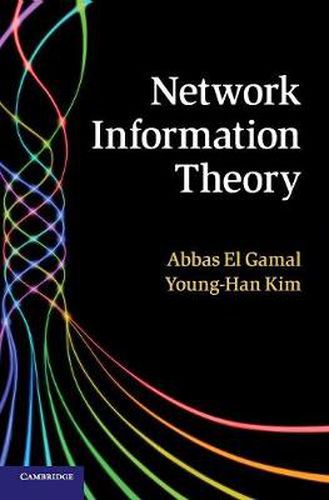Readings Newsletter
Become a Readings Member to make your shopping experience even easier.
Sign in or sign up for free!
You’re not far away from qualifying for FREE standard shipping within Australia
You’ve qualified for FREE standard shipping within Australia
The cart is loading…






This comprehensive treatment of network information theory and its applications provides the first unified coverage of both classical and recent results. With an approach that balances the introduction of new models and new coding techniques, readers are guided through Shannon’s point-to-point information theory, single-hop networks, multihop networks, and extensions to distributed computing, secrecy, wireless communication, and networking. Elementary mathematical tools and techniques are used throughout, requiring only basic knowledge of probability, whilst unified proofs of coding theorems are based on a few simple lemmas, making the text accessible to newcomers. Key topics covered include successive cancellation and superposition coding, MIMO wireless communication, network coding, and cooperative relaying. Also covered are feedback and interactive communication, capacity approximations and scaling laws, and asynchronous and random access channels. This book is ideal for use in the classroom, for self-study, and as a reference for researchers and engineers in industry and academia.
$9.00 standard shipping within Australia
FREE standard shipping within Australia for orders over $100.00
Express & International shipping calculated at checkout
This comprehensive treatment of network information theory and its applications provides the first unified coverage of both classical and recent results. With an approach that balances the introduction of new models and new coding techniques, readers are guided through Shannon’s point-to-point information theory, single-hop networks, multihop networks, and extensions to distributed computing, secrecy, wireless communication, and networking. Elementary mathematical tools and techniques are used throughout, requiring only basic knowledge of probability, whilst unified proofs of coding theorems are based on a few simple lemmas, making the text accessible to newcomers. Key topics covered include successive cancellation and superposition coding, MIMO wireless communication, network coding, and cooperative relaying. Also covered are feedback and interactive communication, capacity approximations and scaling laws, and asynchronous and random access channels. This book is ideal for use in the classroom, for self-study, and as a reference for researchers and engineers in industry and academia.